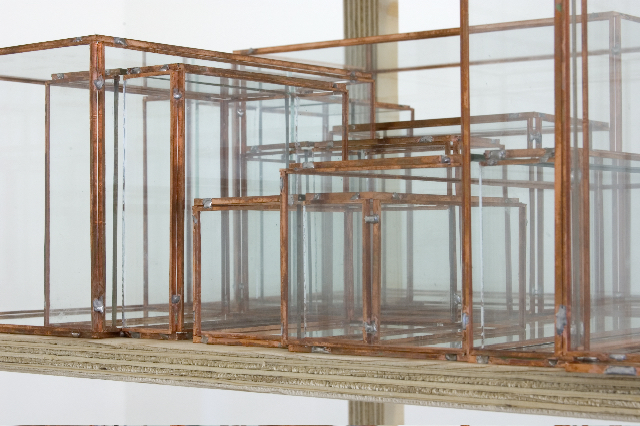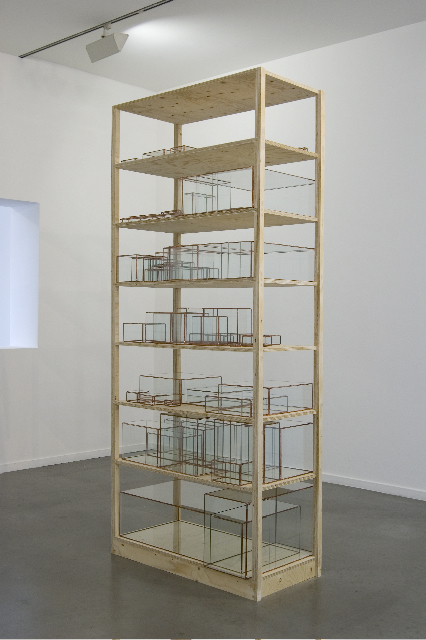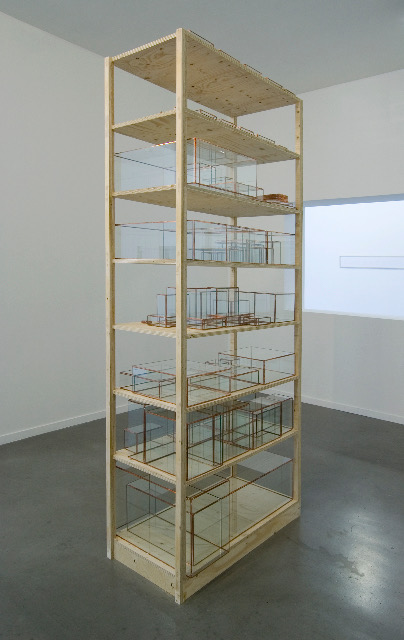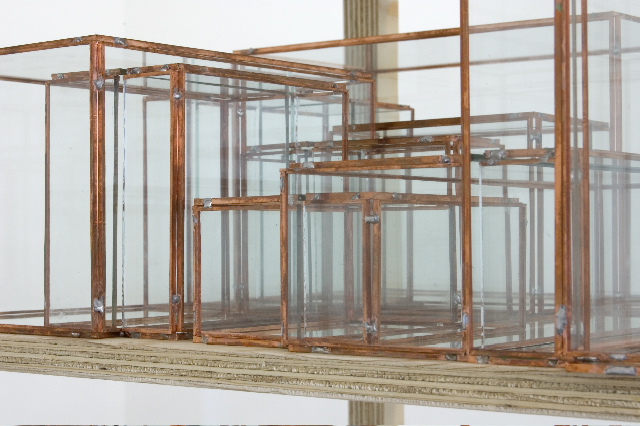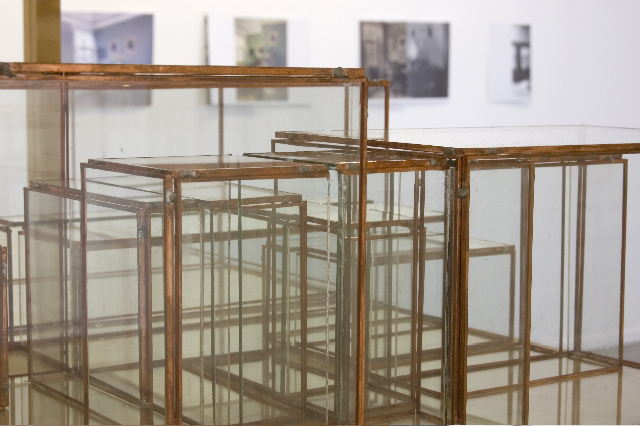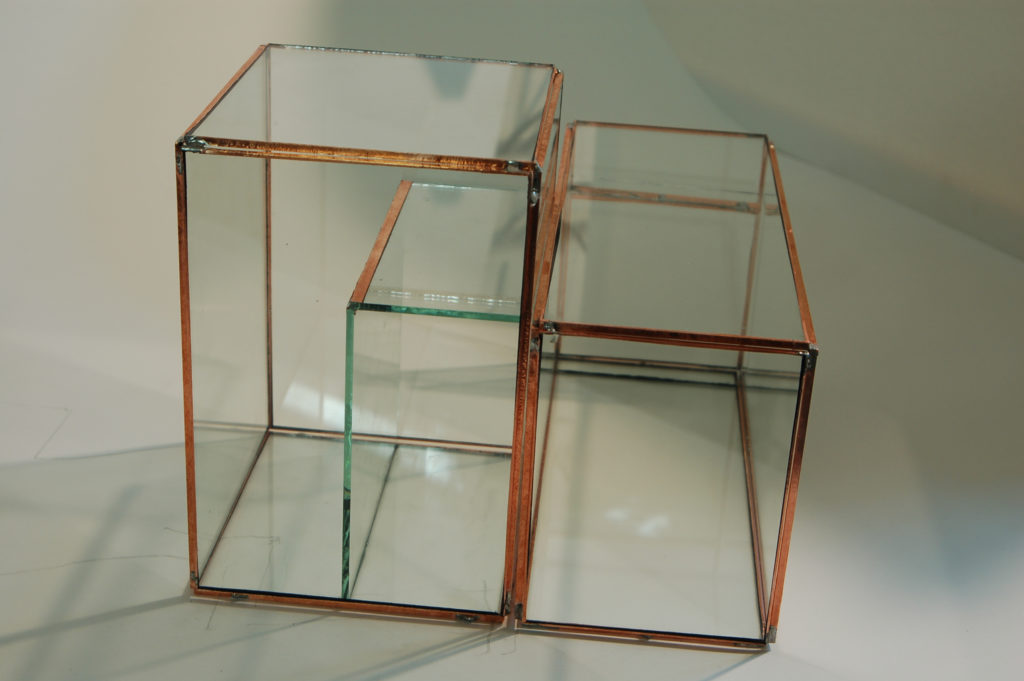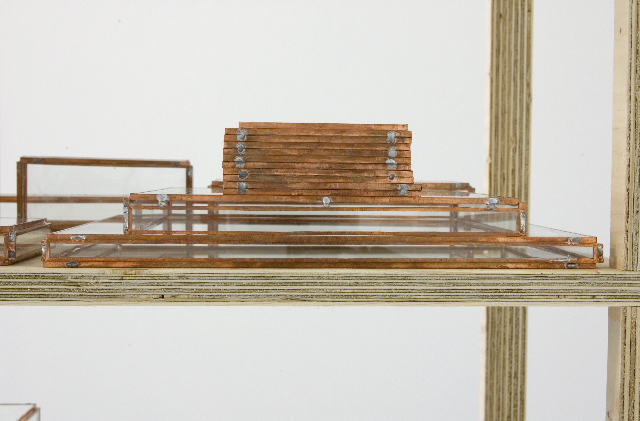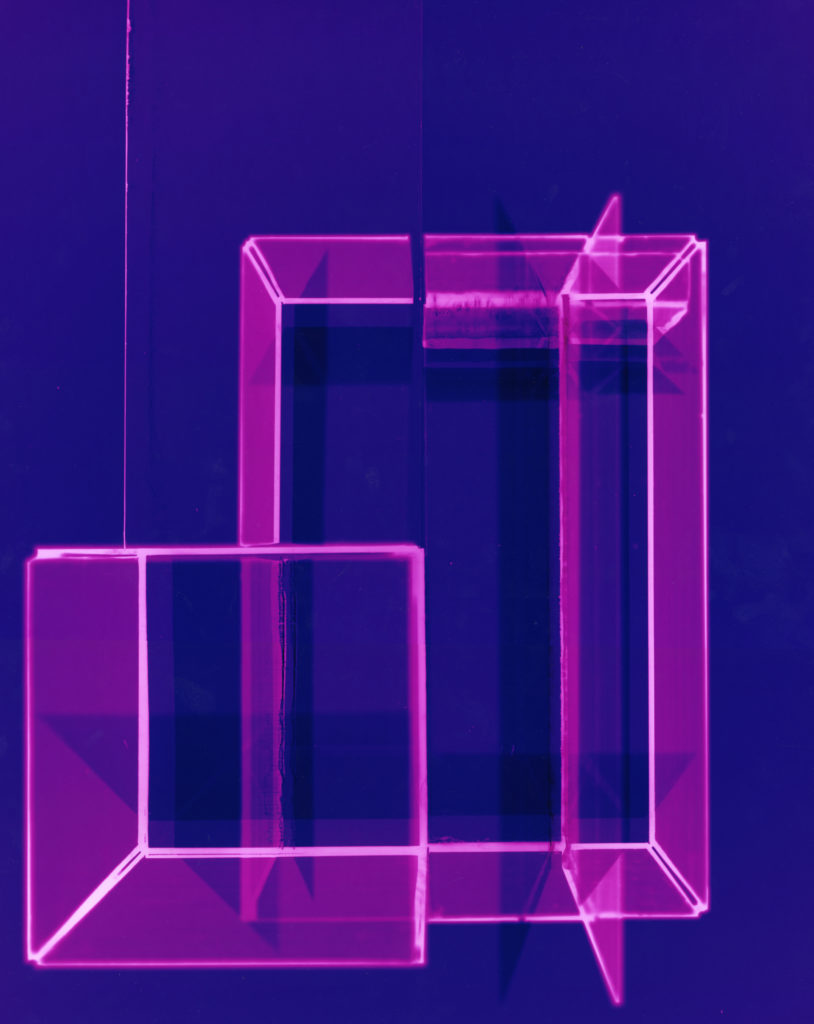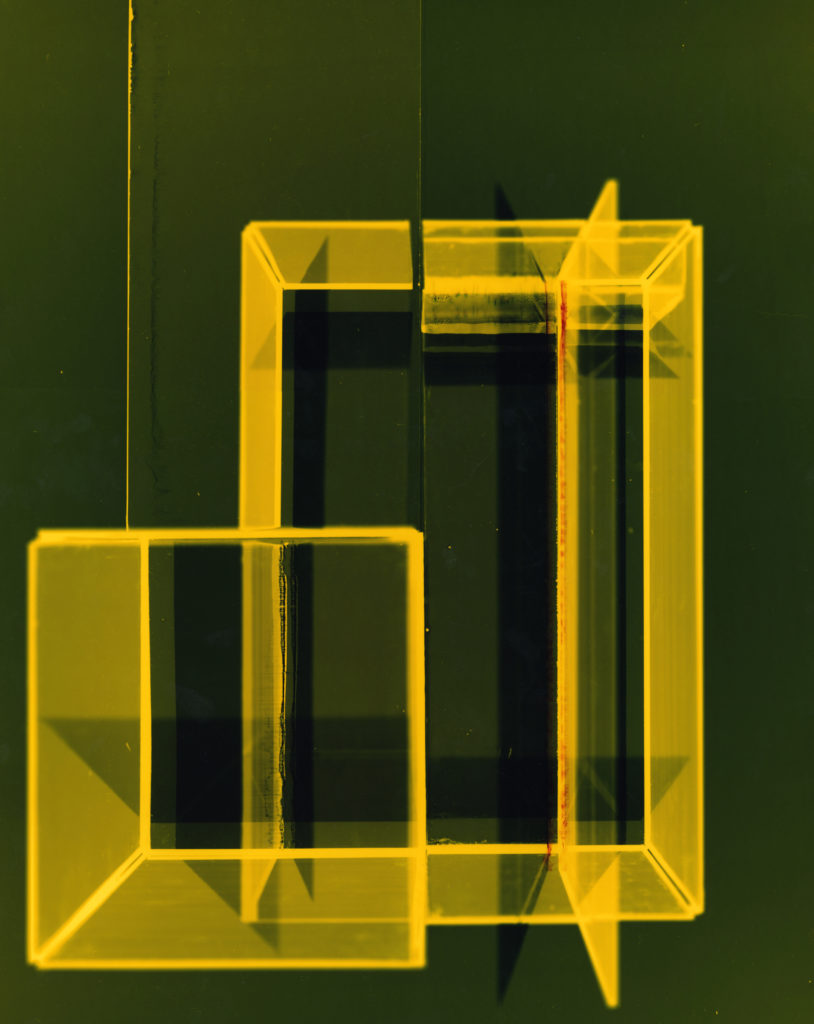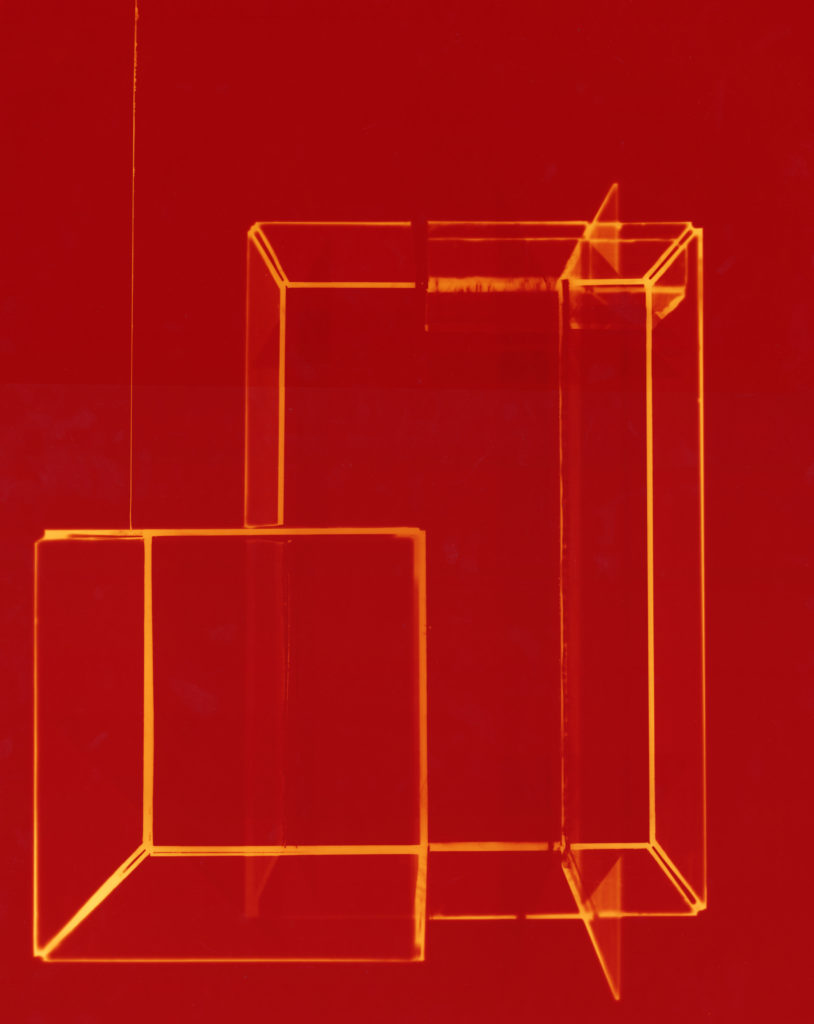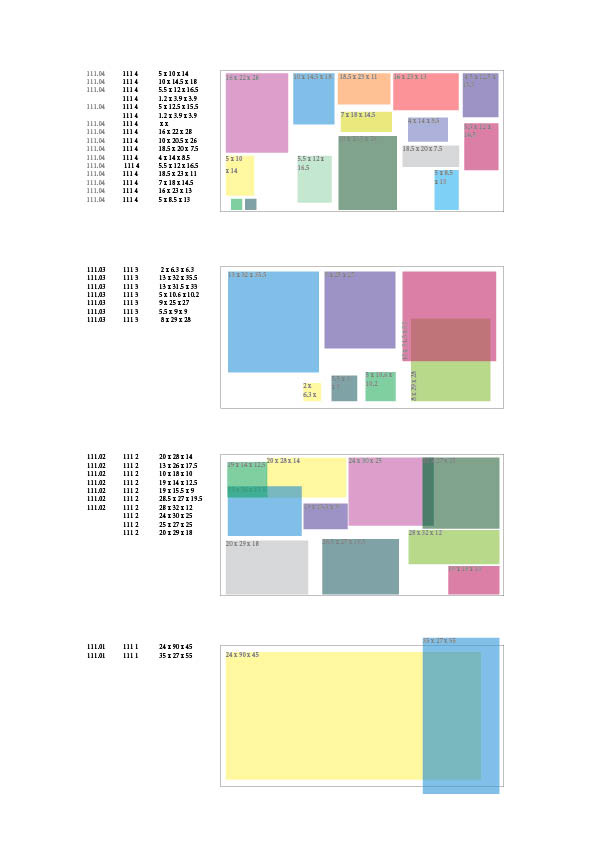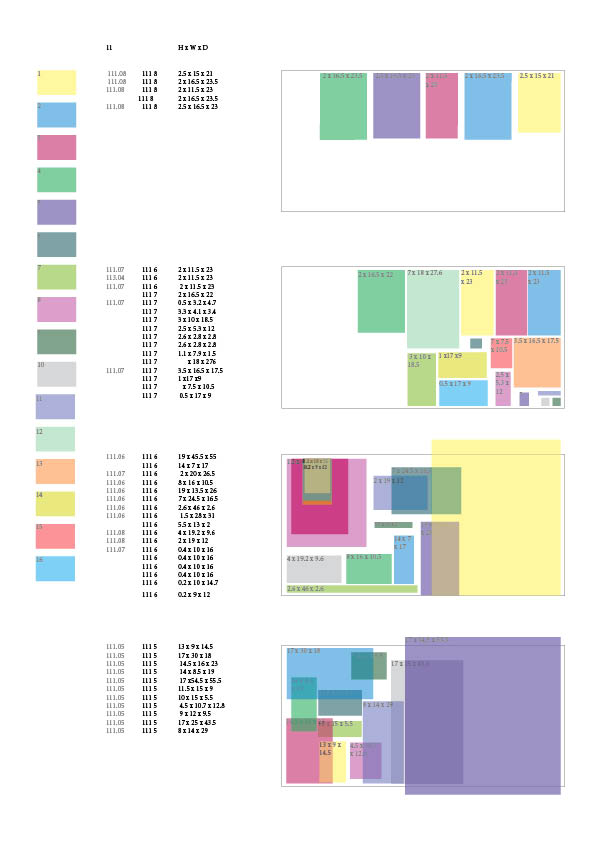Catalog Contribution for A is for Alibi , Uqbar Foundation, De Appel July 2007:
The mounds of oyster shells left by the Dutch who once lived where I now live in Manhattan have become the focus of archeological and musicological study. What was once a garbage heap is now the site of historical preservation. At the same time not far from the disused manufacturing sites now used by artists as studios in Brooklyn’s Bushwick neighborhood (once Breukelen and Boswijck), you can buy auto parts taken from smashed up cars, by referring to them by shelf and object number, like getting a book from the library. Distinguishing between an archive, a collection, a storeroom for obsolete equipment, a recycling bin and a trash heap is increasingly difficult especially as we become more globally aware of the materials we use and disuse.
When we first visited the depot of the University Museum collection of scientific instruments I was struck by the differences among the objects held by the collection. Perhaps most puzzling was the way that recent objects looked no different than those mechanical and electronic things we see around us everyday. Aside from the odd oscilloscope, the most ‘scientific’ looking of these recent acquisitions could easily be mistaken for outmoded fax machines and espresso makers or combinations of the two.
It was explained that this is because science has changed its use of instruments; testing for results rather than building machines to produce (or not) a result. In some ways, this is true of art as well; less concerned by the particular effect than by the process by which an effect is achieved and revealed; often less preoccupied by objects than with documentation. In cases, the importance, necessity and usefulness of maintaining collections of objects is a matter of serious concern. If an experiment can be repeated and its results confirmed that is much more scientifically significant than reenacting the experiment using the same equipment. Nonetheless, the instruments are preserved in places like the Utrecht University Museum’s Collection.
By becoming part of such collections these tools move from being the instruments of, to the objects of study, and as such they become subject to whole new ways of being looked at, cataloged and used. They move from scientific observation, to historical and in many ways aesthetic observation, admired for their ingenuity and the craft of their construction as much as their sometimes unknown contribution to science. They become mysterious and fetishized objects that hold hidden meanings, rather than tools built to reveal hidden truths.
The clues to these meanings are held primarily by those who collect them and through the records they maintain. In the case of the Utrecht Collection, one such person is Tiemen Cocquyt who described the development of the inventory in an email exchange as follows:
About 1928, an older professor in Physics discovered a group of about 2000 instruments in one of the attics of the university. This led to the foundation of the University Museum one year later . [This] professor (P.H. van Cittert), together with his wife, started working on an inventory . Some inventories of these instruments were found (one from 1816 and one from 1830) What we now have is a large box containing thousands of cards, one for each instrument. We call these the ‘Van Cittert cards’, would they not still be in use, they would be a museum object on their own .
However, another catalogue (also card system) was found, this was an inventory of (modern) instruments in use in the Physical laboratory . These we call the ‘Ornstein cards’ (after professor Orstein who made them).
So… these inventories were available when the computer came into use in
the 1980’s. Up till now, the curator (Jan Deiman) has been working on
converting the cards etc. to database records.
Clearly, this inventory is anything but a simple list of objects divorced from the specific histories of those who compiled it. It is the repository for all the surplus meanings and investments (social, cultural and institutional) that the objects within the collection represent. For A is for Alibi I have reconstructed one case of the depository of the museum (Case 111.1-111.8) using the only information available from the catalog in list form: a list of dimensions for each object along with case, shelf and object numbers. I used this list as a kind of instruction manual for producing the piece. A glass box, the dimensions of which are exactly that of a corresponding catalog entry, represents each object. The catalog reduces each object to three dimensions that describe the maximum volume of each object. This results in a ‘cataloged volume’ that exists only within the descriptive gap between inventory and collection. This volume necessarily exceeds the material volume of the collection itself and so the boxes that contain it unavoidably interpenetrate one another. So, in the end this is a project that is about surplus, about that which is not reducible to or containable in, a box.
CASE 111.1-111.8
A for Alibi, De Apppel, Amsterdam, July 2007
